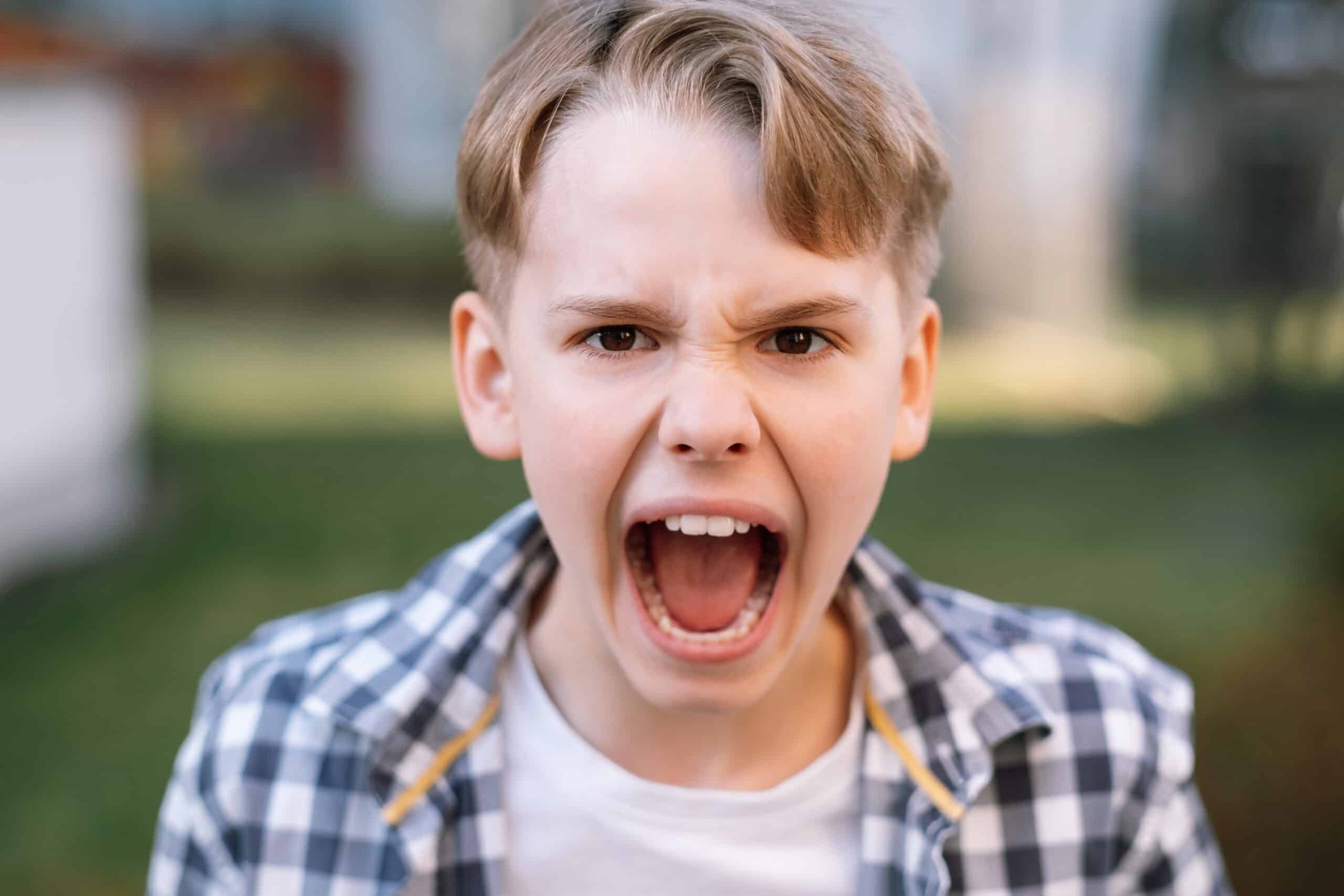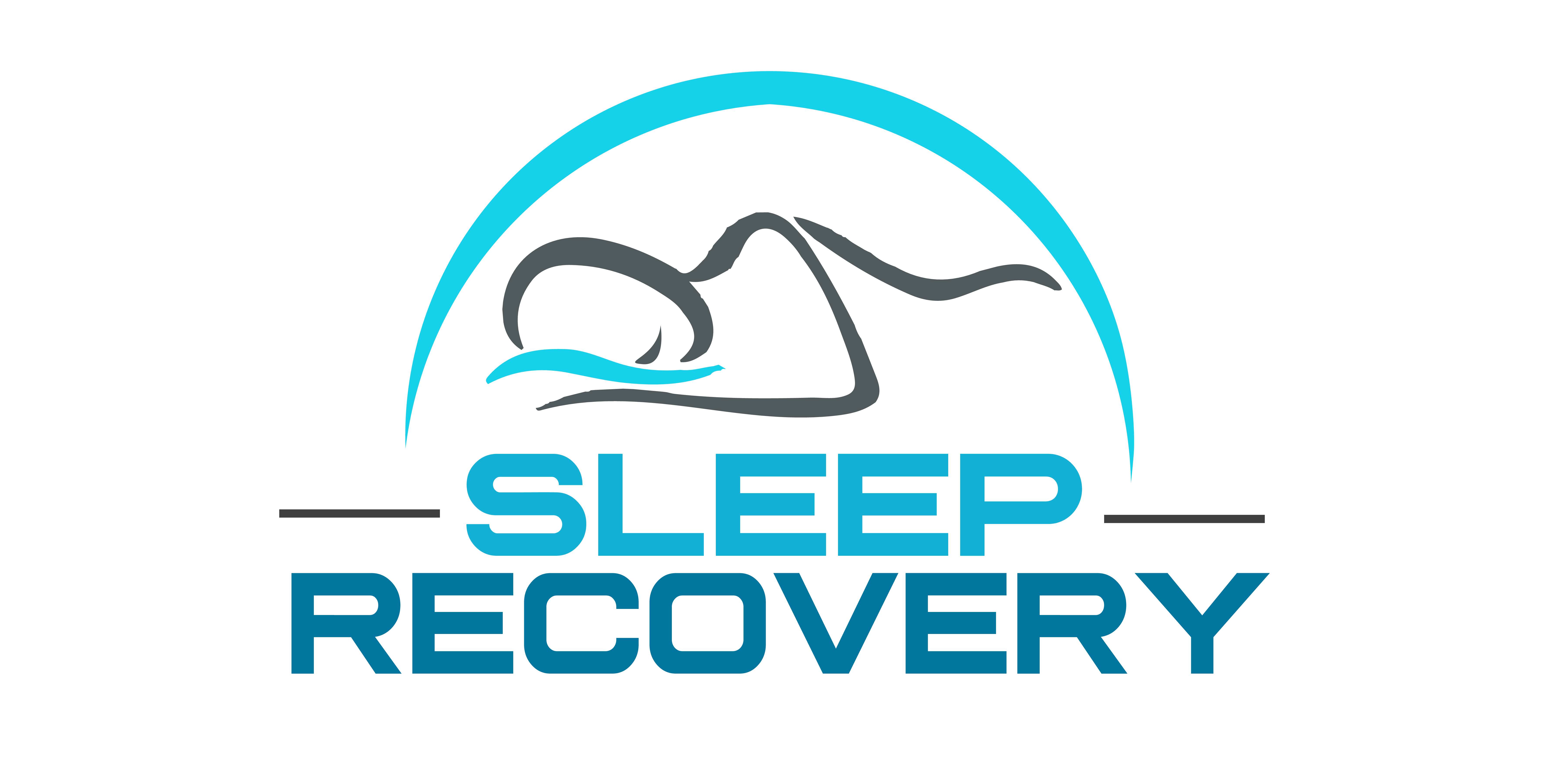Juvenile Delinquency Treatment: Brain-Based Therapy Shows New Hope for Troubled Youth

When 16-year-old Marcus entered his third stint in juvenile detention, few held out hope. With three arrests by age 14 and a trail of failed interventions behind him, his future looked bleak. Traditional therapy left him cold. Group sessions seemed to teach him new bad habits rather than better ones.
Then something changed. Marcus joined a program using neurofeedback – a technique that works directly with brain patterns instead of just behavior. Six weeks later, his counselor barely recognized him. Not only was he controlling his impulses better and showing less anger, but for the first time, he was making real plans for his future.
“I used to think I’d be locked up my whole life,” Marcus told his counselor. “Now I can see myself doing something different.”
Stories like this are becoming more common as juvenile rehabilitation centers adopt brain-based approaches. New research published in the International Journal of Indian Psychology suggests that addressing the brain’s electrical patterns, not just visible behaviors, might succeed where decades of traditional methods have struggled.
Why Current Programs Often Fail
Despite good intentions, juvenile rehabilitation programs have faced stubborn challenges. About 55% of young offenders return to the system within three years of release. The reasons aren’t mysterious:
Most programs rely on two main strategies: punishment to deter bad behavior or talk therapy to change thought patterns. While these help some kids, they miss something crucial – brain patterns driving impulsive behavior, aggression, and poor emotional control.
Kumar and Singh, the study’s authors, put it plainly: juvenile crime costs society enormously, with a small percentage of young people accounting for a surprisingly large portion of serious crimes. This gap highlights how badly we need better solutions.
The problem gets more complicated when we consider teen brain development. The prefrontal cortex, responsible for impulse control and planning, is still under construction during adolescence. For many troubled youth, this brain development happens in environments filled with trauma, instability, and few positive role models, creating brain patterns that traditional programs can’t easily fix.
Why Talk Therapy Often Misses the Mark
Traditional rehabilitation programs face several key problems:
First, they rely heavily on skills many troubled teens haven’t fully developed – abstract thinking and verbal processing. Asking a teen with poor impulse control to “think before acting” is like trying to reason with drywall.”
Second, group-based programs often backfire by putting troubled teens together, where they learn new problem behaviors from each other.
Third, most approaches target thoughts and behaviors without addressing the underlying brain activity driving impulsivity and emotional problems.
Fourth, anxiety and insomnia, under current Diagnostic and Statistical Manual (DSM) standards, are considered two separate disorders. Yet, more often than not, “short-fuse” aggressive and violent youth behaviors derive from not one but both conditions playing off each other.
Finally, cookie-cutter programs ignore the brain differences among young offenders, whose neural wiring varies based on genetics, trauma history, and development.
Worst of all, when programs fail, they don’t just leave kids where they started; Authorities convince young people they’re beyond help, creating a self-fulfilling prophecy as teens give up on changing.
Speaking the Brain’s Language
Brainwave entrainment offers a fundamentally different approach. Instead of trying to talk troubled teens into better behavior, it works directly with their brain’s electrical patterns.
The technique is based on a simple principle: brainwaves naturally synchronize with rhythmic external stimuli. Practitioners can guide brainwave activity toward patterns linked to calm, focus, and emotional balance by exposing the brain to specific frequencies through sound, light, or touch.
Several methods have shown promise:
Amplitude-based neurofeedback feeds real-time EEG instability data to the brain through auditory stimulation.
Isochronic tones use a single tone that pulses on and off rapidly, creating a more substantial entrainment effect.
Audio-visual entrainment combines rhythmic light flashes with synchronized sound to enhance results. Thus, it trains the brain through the optic nerve pathways to the occipital lobe and finally, throughout the brain’s systemic, global EEG flow.
The researchers worked with 40 juvenile offenders aged 12-17 from a reformatory in India. Using established assessments like Carol Ryff’s Psychological Well-being Scale, they tracked changes across multiple dimensions.
The results were impressive. Analysis showed that brainwave entrainment therapy explained about 74.4% of improvement in effectiveness measures – a robust finding. The relationship between treatment and improved well-being was statistically significant (p < 0.001).
Most interesting were the specific areas where youth improved:
Personal growth showed the strongest positive relationship (Beta = 0.685), suggesting the therapy helps participants develop a sense of ongoing growth and openness to new experiences, which is crucial for youth trying to change course.
Environmental mastery was next (Beta = 0.532), reflecting an improved ability to manage daily responsibilities and surroundings, essential for successful community reintegration.
Positive relationships also improved significantly (Beta = 0.425), suggesting an enhanced empathy and social connection capacity.
Curiously, the therapy showed a slightly negative relationship with autonomy (-0.298) and purpose in life (-0.292). While this might seem concerning, it likely reflects a developmental phase in which youth learn to balance personal freedom with social responsibility—a necessary step in moving away from antisocial behavior.
From Research to Reality: Sleep Recovery’s Approach
Building on this promising research, Sleep Recovery has created a comprehensive protocol for brain-based youth rehabilitation. Rather than applying one-size-fits-all programming, they focus on customized assessment and targeted intervention.
“What makes our approach different is how we tailor the methods to each kid’s specific brain patterns,” explains David Mayen, founder of Sleep Recovery. “We’re not just applying some generic treatment – we’re addressing the unique brain signatures driving each person’s challenges.”
Their juvenile program typically includes the following:
Intra-session and real-time EEG scanning to identify specific patterns linked to a youth’s behavioral issues.
- Customize protocols targeting the brain frequencies most relevant to each person’s needs.
- Delta brainwave training to reduce impulsivity and improve the child’s emotional control.
- Regular reassessment to adjust the protocol as the brain develops healthier patterns.
“We often see remarkable progress in kids who’ve failed at every other type of program,” notes Dr. Jeffery Wilson, Clinical Director at Sleep Recovery. “It’s like we’re finally speaking their brain’s language instead of expecting them to translate our words into brain changes.”
Real Stories of Change
Individual cases show the real-world impact of this approach:
Jason, 15, had multiple arrests for increasingly violent offenses and a conduct disorder diagnosis. Traditional behavioral programs did nothing to help. After eight weeks of delta and alpha training, his detention center reported 78% fewer behavioral incidents. Even better, Jason voluntarily joined educational programs and started talking about vocational training – something he’d never been interested in.
Alisha, 16, had a history of substance abuse and running away, cycling through six different placements before trying brainwave entrainment. Her assessment showed excessive beta activity (linked to anxiety) and deficient alpha rhythm (related to emotional stability). Twelve sessions later, she reported fewer cravings, better sleep, and an improved ability to discuss emotional issues without shutting down or becoming overwhelmed.
Miguel, 13, showed severe attention problems and extreme impulsivity that repeatedly derailed his education despite his obvious intelligence. Sessions emphasizing sensorimotor rhythm training improved his ability to focus and complete assignments. His math teacher noted that classroom disruptions dropped by about 65% during the intervention.
These cases highlight a key advantage: neurological interventions don’t require youth to buy in verbally or consciously to start seeing benefits. Many troubled teens enter programs defensive and resistant, exactly the kids who benefit least from conventional approaches. Brainwave entrainment can begin creating positive neurological changes regardless of initial resistance, building a foundation for later cognitive and behavioral work.
While brain-based therapy shows great promise, Sleep Recovery saw the need to simplify the treatment process. It allowed boots-on-the-ground youth councilors, parole officers, and pediatric social workers to learn the entire process over an average of two weeks.
Resource needs: The program would need a committee at the Federal level to implement it nationwide quickly.
Program integration: Rather than replacing current approaches entirely, brainwave entrainment and encompassing therapies work best as part of a comprehensive program that includes educational, vocational, and traditional therapeutic components.
Measuring results: Ongoing assessment is crucial for refining methods and showing effectiveness to federal government oversight.
Despite these challenges, the potential benefits make implementation worthwhile. A 2022 analysis estimated that each juvenile offender who successfully transitions from crime saves society $1.5-2.7 million over their lifetime in reduced incarceration costs, victim expenses, and increased productivity.
“Facilities that invest in brain-based approaches consistently see multiple returns,” explains Mayen. “Not just better rehabilitation outcomes, but also fewer behavioral incidents, lower staff turnover, and higher program completion rates. The initial investment quickly pays for itself.”
A New Direction for Juvenile Justice
The promising results of brainwave entrainment suggest a future where juvenile rehabilitation draws more from neuroscience and less from behavioral models developed before modern brain research. This shift offers several advantages:
Addressing root causes by targeting the brain patterns underlying problem behaviors creates more fundamental change.
Personalizing treatment based on each youth’s unique neurological profile instead of using one-size-fits-all approaches.
Reducing stigma by framing delinquent behavior regarding brain function rather than character defects, and increasing youth engagement.
Creating better integration with educational, vocational, and community programs for more comprehensive rehabilitation.
As research continues validating these approaches, we’ll likely see more adoption in juvenile justice systems seeking alternatives to traditional methods with limited success. While the goal remains unchanged – helping troubled youth develop skills for productive lives – brain-based interventions offer promising new paths to get there.
New Pathways, New Possibilities
Kumar and Singh’s research adds to growing evidence that addressing the brain patterns underlying juvenile delinquency may succeed where conventional approaches struggle. Brainwave entrainment therapy enhances critical aspects of well-being, particularly personal growth, environmental mastery, and social relationships, by directly targeting the neural signatures of impulsivity, emotional dysregulation, and attention problems.
No single approach can solve the complex challenge of juvenile delinquency, but brain-based methods offer a valuable addition to our rehabilitation toolkit. Combined with appropriate educational, vocational, and community support, they create more effective pathways for troubled youth to redirect their lives.
For juvenile justice systems facing persistent challenges with repeat offending and limited program effectiveness, neurologically-based interventions deserve serious consideration as part of a comprehensive strategy. The potential benefits – for young offenders, their families, and society – are simply too significant to ignore.
For more information about brainwave entrainment therapy and juvenile rehabilitation programs, contact Sleep Recovery at 1-800-927-2339 or visit https://sleeprecovery.net.
